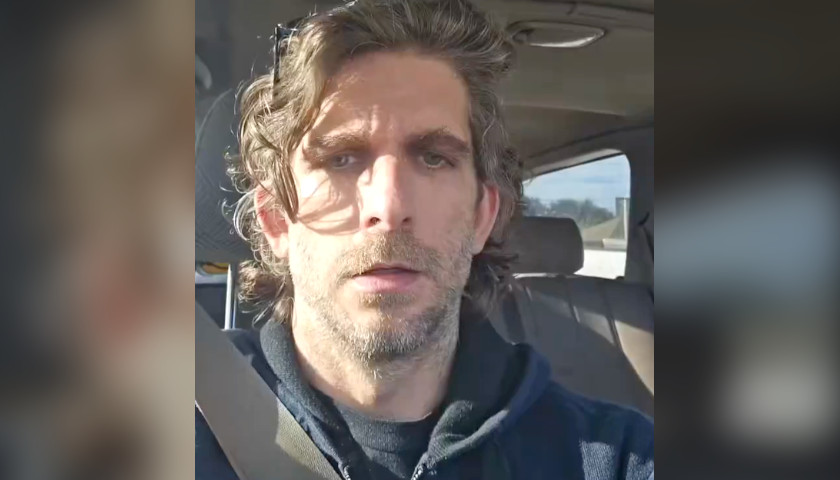Even as John Kasich took over the governor’s office in January 2011, he had his eyes set on privatizing the State of Ohio’s economic development functions. A year after he left office, his brainchild, JobsOhio, sails ahead to new frontiers.
Kasich created JobsOhio by yanking away the economic development functions of the Ohio Department of Development, The Ohio Star reported.
As he prepared to leave office in January 2019, Kasich reportedly began to worry over his legacy.
That legacy includes setting JobsOhio up as a monopoly in terms of controlling the proceeds from the state’s liquor tax. The organization said in a 2018 report said the JobsOhio Beverage System created almost $1.2 billion in sales for operating expenses; most of that maintains the beverage system, but about $1.2 million is for economic development and overhead.
In May 2018, with less than eight months left as governor, Kasich said he worried over the future of two initiatives — JobsOhio and the expansion of Medicaid, according to WOSU. He said he wanted candidates Richard Cordray and Mike DeWine to leave those programs alone.
But Cordray has been critical of the lack of transparency at JobsOhio, which DeWine supports, but has also said should be more transparent.
Kasich had reasons to worry about the future of JobsOhio, as the organization has been controversial since its founding.
The Cleveland Scene reported in November 2018 that the organization’s future was questionable during the campaign, quoting Dave Cohen, assistant director of the Ray C. Bliss Institute of Applied Politics at the University of Akron.
Neither Cordray nor DeWine were likely to want to make any changes to JobsOhio because they both supported building a stronger economy, he said.
“Both DeWine and Cordray support economic development,” Cohen said. “I don’t see JobsOhio going anywhere. Maybe there will be some reform, maybe there will be a name change, but I think the basic idea will still exist, and some governmental structure.”
Much of the controversy around JobsOhio that led to Kasich’s lame-duck hand-wringing came from the way he had set it up.
Just as Kasich dreamed, the organization is controlled by a board of directors appointed by the governor, The Star reported.
Despite holding a monopoly on the state’s liquor tax revenues as a funding mechanism and its leaders being appointed by the governor, JobsOhio is “specifically removed from the definition of a public office under certain laws,” according to the Ohio Attorney General’s Office’s Ohio Economic Development Manual 2017.
And for then-Gov. Kasich’s first appointment, he turned to his buddy of long-standing, Mark Kvamme, a venture capitalist, to lead the non-transparent organization, the Dayton Daily News reported. The newspaper also speculated a future Kasich for President run in 2020 and lauded his stances against President Donald Trump and highlighted both successes, such as expanding Ohio Medicaid, and failures, like vainly trying to reform collective bargaining rights for public workers.
The Cleveland Plain Dealer reported in October 2012 that Kvamme was quitting as president and interim chief investment officer to return to private enterprise.
His departure after nearly two years came when JobsOhio’s future was in question because of legal challenges to setting up the liquor monopoly. The Californian wanted to remain in the Buckeye State to pursue his own opportunities.
JobsOhio’s board selected managing director John F. Minor to take over from Kvamme.
Kvamme did well for himself by pursuing other opportunities in Ohio. He is listed as partner at Drive Capital in Columbus. Their portfolio is listed here.
And for those pesky questions about transparency, the former Silicon Valley executive was quoted by Statehouse News Bureau as saying hold off on asking.
“Never forget – one of the reasons why we set it up the way we set it up is, the best time to invest is during a recession. So should there be a recession in 18-24 months, JobsOhio will have the financial resources to attract the best and brightest from all around, where all the other state governments will have nothing because when you have a recession, tax dollars go down and you can’t do anything,” Kvamme said. “We’re halfway through the first inning. Let’s wait a couple more innings.”
Now that JobsOhio is DeWine’s baby, what’s next?
He has reportedly called for transparency, but have his actions matched his words? Will DeWine’s new selections strive for a different look?
One former JobsOhio board chairman is not happy with DeWine, and reportedly believes privacy is important.
The Columbus Dispatch reported in June 2019 that when board chairman Jim Boland resigned early, he accused DeWine of using a heavy hand in choosing new president J.P. Nauseef and new board chairman Robert Smith. Boland had been chairman since JobsOhio was created in 2011. He wrote a letter to DeWine saying the organization’s success was the result of its being private and nonpolitical with directors making the important decisions and adding that DeWine shook up the way leaders were selected.
That process involved current board members giving Kasich recommendations for new board members, but Smith said DeWine did not seek that input.
However, while DeWine has called for transparency, and Smith is touting transparency, JobsOhio refused to disclose Nauseef’s salary until the mandated salary report in 2020, the Dispatch said.
DeWine voiced concern that the organization was not disclosing salaries, WOSU reported in 2019.
“That just should be, you know, available to the public. There’s no reason the public shouldn’t know what people are getting paid,” DeWine said.
DeWine said that picking his own people like Nauseef and Smith was one way to make changes.
The Plain Dealer reported in May 2019 that under pressure from DeWine, JobsOhio let out information on Nauseef’s salary — he was set to make a minimum of $350,000 in 2019, plus benefits of about $17,500 as well as an undisclosed bonus.
– – –
Jason M. Reynolds has more than 20 years’ experience as a journalist at outlets of all sizes.





